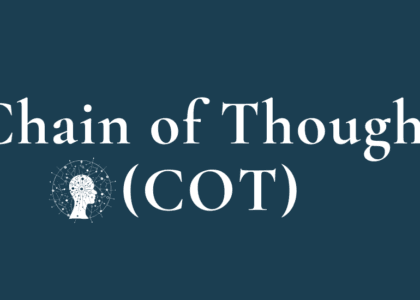Understanding Hyperautomation
Hyperautomation represents a comprehensive approach to automating business processes by combining multiple advanced technologies. It goes beyond simple automation by incorporating artificial intelligence (AI), machine learning (ML), and robotic process automation (RPA) to create an integrated ecosystem of intelligent automation solutions.
Core Technologies and Components
Foundational Technologies
Hyperautomation relies on several key technologies working in concert:
- Artificial Intelligence and Machine Learning serve as the cognitive backbone
- Robotic Process Automation handles repetitive tasks
- Natural Language Processing enables human-like interactions
- Computer Vision and OCR process visual information
- Process Mining identifies automation opportunities
Integration Layer
The platform architecture typically includes:
- API Integrations for seamless connectivity
- Cloud Computing infrastructure
- Event-Driven Architecture
- Digital Twins for process simulation
- Low-Code/No-Code Development platforms
Implementation Methodology
Process Discovery and Analysis
The implementation begins with:
- Establishing a core team and center of excellence
- Defining hyperautomation vision and goals
- Assessing organizational readiness
- Creating an applied strategy for high-priority use cases
Technology Integration
A successful hyperautomation platform combines:
- Business Process Management systems
- Intelligent Document Processing
- Workflow Automation tools
- Data Analytics capabilities

Industry Applications and Use Cases
Financial Services
- Fraud detection through AI algorithms
- Automated risk assessment
- Streamlined compliance monitoring
Manufacturing
- Predictive maintenance
- Supply chain optimization
- Quality control automation
Healthcare
- Patient data management
- Claims processing
- Care coordination
Retail
- Inventory management
- Dynamic pricing
- Customer behavior analysis
Business Benefits
Operational Excellence
- Increased process efficiency
- Reduced manual errors
- Improved resource utilization
Strategic Advantages
- Enhanced decision-making capabilities
- Faster time-to-market
- Improved customer experience
Future Trends and Evolution
Emerging Technologies
The future of hyperautomation will be shaped by:
- Quantum Computing applications
- 5G integration
- Advanced AI capabilities
- Edge Computing solutions
Industry Evolution
Key trends include:
- Increased adoption across sectors
- Enhanced focus on security and compliance
- Integration of generative AI
- Development of autonomous enterprises
Implementation Challenges
Technical Considerations
- Integration with legacy systems
- Data security and privacy
- Scalability requirements
Organizational Aspects
- Change management
- Skill development needs
- Process standardization
Best Practices and Governance
Strategy Development
- Align automation initiatives with business objectives
- Establish clear governance frameworks
- Develop comprehensive security protocols
Implementation Approach
- Start with pilot projects
- Scale gradually
- Monitor and optimize performance
Tools and Platforms
Leading Solutions
The market offers various specialized platforms:
- UiPath for RPA implementation
- ProcessMaker for business process management
- Automation Anywhere for enterprise automation
Impact on Workforce
Skill Development
- Focus on digital skills
- Enhanced problem-solving capabilities
- Increased emphasis on strategic thinking
Role Evolution
- Shift from manual to supervisory roles
- Increased focus on value-added activities
- Development of hybrid skill sets
Measuring Success
Key Performance Indicators
- Process efficiency metrics
- Cost reduction measurements
- Quality improvement indicators
- Customer satisfaction scores
Security and Compliance
Risk Management
- Data protection protocols
- Compliance monitoring
- Security architecture design
Hyperautomation represents a transformative approach to business process optimization, combining advanced technologies to create intelligent, automated systems. As organizations continue to evolve, hyperautomation will play an increasingly crucial role in driving digital transformation and maintaining competitive advantage in the global marketplace.






